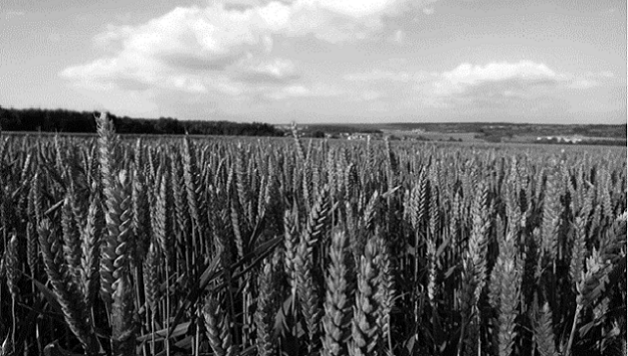After years of debates and Senate reviews, the country of origin food labelling regime is set to change.
With community, consumer lobby group and media pressure for change mounting in the wake of the frozen berries hepatitis outbreak in February 2015, the Federal Government committed to urgent reform. Some five months later it has announced mandatory changes to food labels that will commence from 2016, with voluntary compliance invited from later this year.
While the Government has not released any draft legislation, yesterday it announced high level details of the proposed reform. The key elements of the regime are:
- new mandatory labels advising consumers where foods are grown, made or packaged which featuring the well-known green and gold kangaroo and triangle icon along with a bar chart showing what proportion of ingredients are from Australia;
- companies will be “encouraged” to provide additional information on these labels, in particular, identification of the origin of key ingredients;
- clarification of the definition of “Australian made”; and
- products imported into Australia and re-packed locally will need to identify the origin of the product.
The food and beverage industry’s leading body, the Australian Food and Grocery Council (AFGC), has been working with the Federal Government in relation to any reform. The AFGC reports from its discussions that:
- not all food will be required to have the graphic labelling with, at this stage, soft drink, sports drinks, seasonings, biscuits, snacks and confectionery to be exempt;
- there will be options for labelling of produce affected by seasonal variability including: ‘at least’ or ‘average’ statements (with more detailed information on a website) as well as relabelling depending on season;
- there will be requirements regarding prominence and legibility for the logos but flexibility on colours and size used;
- the 50% costs rule for “made in” claims (not just food) will be abolished;
- the transition schedule will be variable (form 3 to 12/18 months after legislation passes) and depend on shelf life.
Transparency and increased confidence in food labels are positive drivers for change, and clarification of the definition of ‘Australian made’ is welcome – particularly abolition of the 50% costs rule and clearer rules around substantial transformation.
Whether the new regime will provide any real improvement on country of origin, however, will remain to be seen with the devil in the detail. Based on the little detail released so far, there are still gaps or concerns with the new regime, for example:
- increased costs for globally supplied products. Currently, these products can rely on a ‘made from local and imported ingredients’ claim to satisfy country of origin labelling requirements in multiple jurisdictions. If this will no longer be permissible businesses may need to develop multiple labels, increasing regulatory and product costs;
- there seems to be no obligation on food businesses to specify where non-local ingredients are sourced, contrary to the Government’s claims that the reform will provide “clearer, simpler information about where products come from”;
- use of the green and gold triangle with kangaroo could potentially mislead consumers when used in the mandatory label ‘Made in Australia from 0% Australian ingredients’ given the visual dominance of the logo and its strong association with the legacy ‘Australian made’ claim;
- the expected increase in regulatory burden and uncertainty as manufacturers seek to understand, interpret and comply with a new, untested regime, with compliance costs of around $37 million, which is expected to be passed on to consumers at a rate of 1c for $5 products and $0.5c on $2.50 products; and
- the new labelling regime does not (and cannot) address the recent impetus for change – the hepatitis outbreak which is a food safety and not a labelling issue.
Of course, as with the introduction of any new regime, it inevitably gives rise to issues of interpretation and scope – the new regime will be untested and it may be some years before guidance from regulators and courts is provided, thus generating legal uncertainty for some time to come.
The Government is now working with States and Territories as their agreement is necessary before the Federal Government’s proposed new regime can be rolled out.








